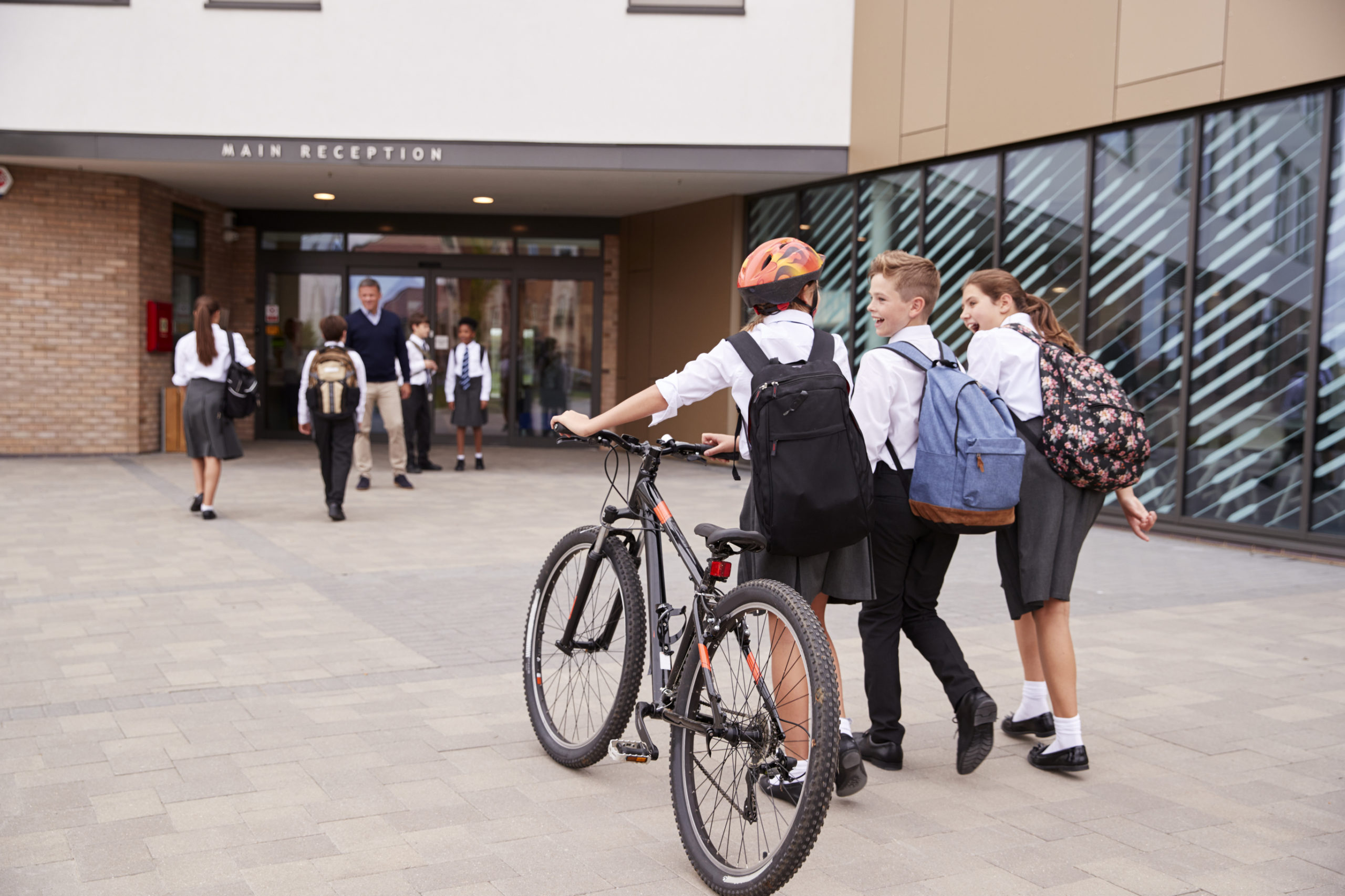New analysis provides route risk for school run
Earlier this month, we streamed a webinar discussing a new piece of analysis which was used by a client to identify the levels of risk to support the introduction of school streets, and to encourage the transition to active travel.
Following a report from SO-MO investigating barriers to parents allowing their children to independently travel, we were commissioned by West Berkshire to examine the infrastructure in the vicinity of selected schools to support their goals and provide intelligence to help encourage the transition to active travel.
The new style report gives an overview of child pedestrian and pedal cycle safety in West Berkshire in areas around 10 identified priority schools. The report begins with an innovative analysis identifying favoured walking, cycling or scooting routes between each school and its pupil’s homes within a 1-mile radius.
Risk exposure is identified using connected vehicle data to determine road speeds and traffic volumes (Available in the Speed Compliance Tool) which is combined with data on collisions involving child pedestrians and pedal cyclists to understand when, where and how children using sustainable travel modes were involved in collisions.
In addition, data on Bike ownership, propensity to exercise and congestion, shown as indices was captured from the Active Streets Assessment Tool (ASAT) to illustrate additional potential barriers to independent active travel.
Finally, the iRAP Active Travel Tool was used to carry out an assessment of the road network to provide an objective measure of the level of safety that is ‘built-in’ to the road (Star Rating).
Whilst the Active Travel Tool is normally used to assess the impact of potential or planned improvements, in this report it is being used to give an indication of the level of safety of the existing infrastructure.
You can find a version of the sample report via the link below.

